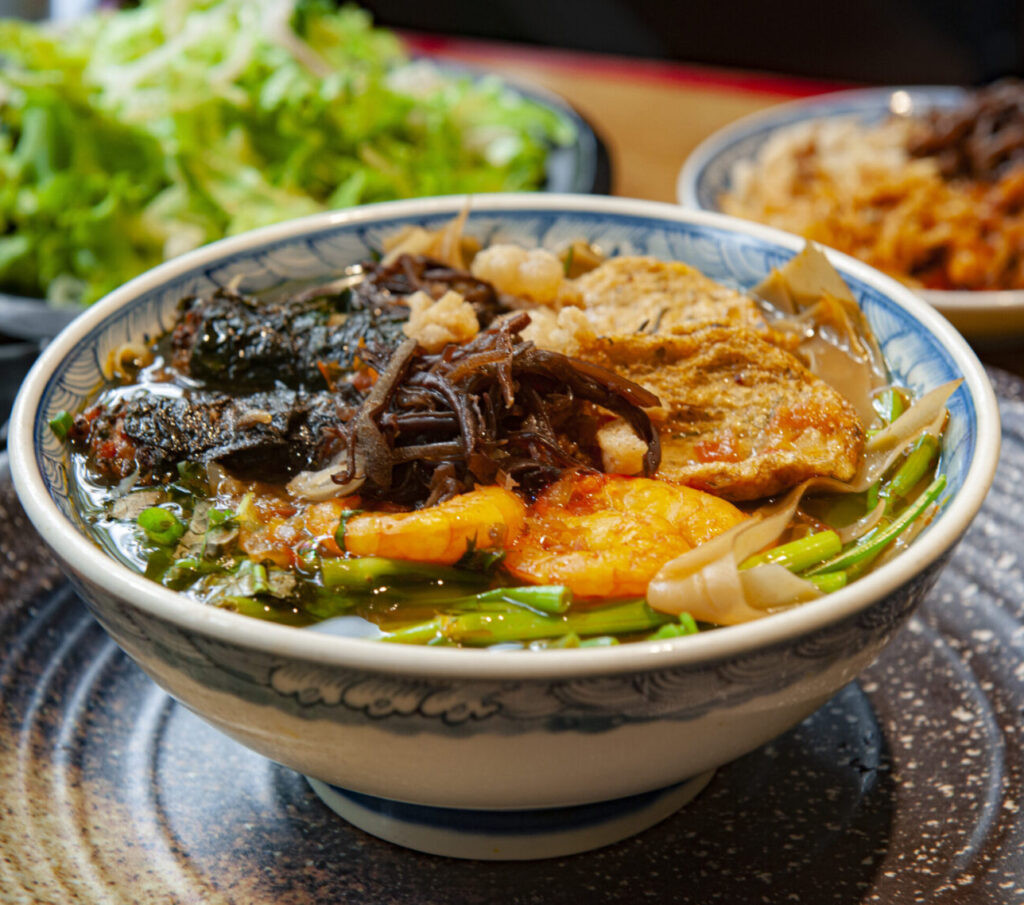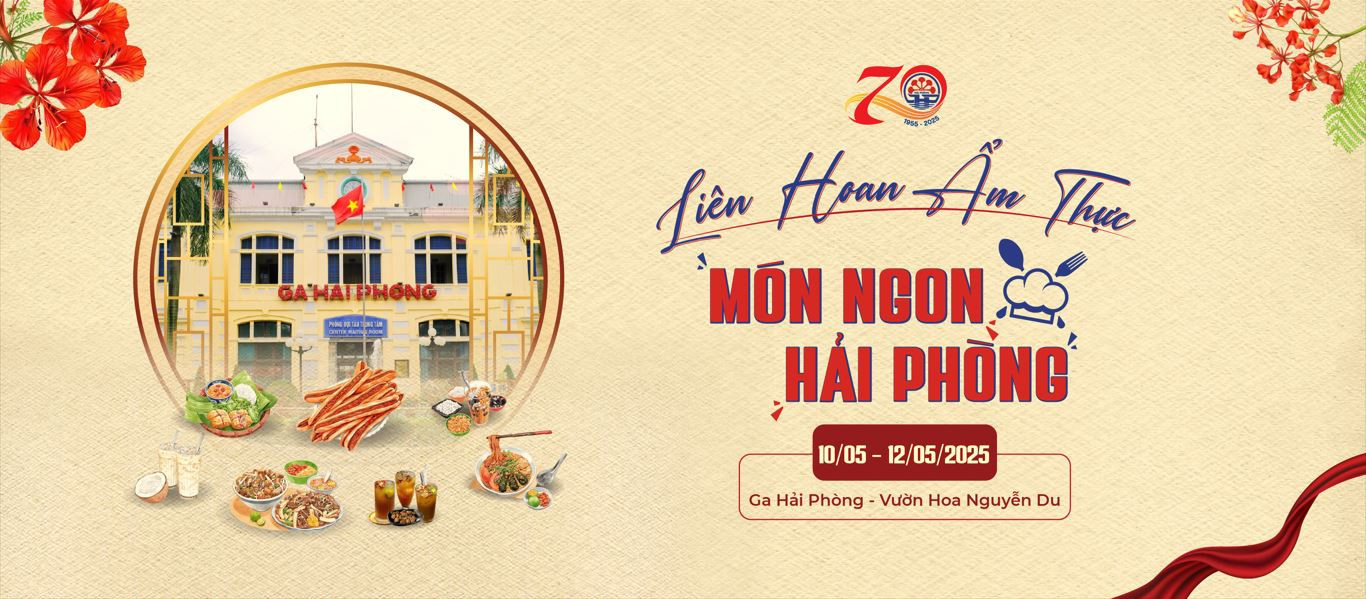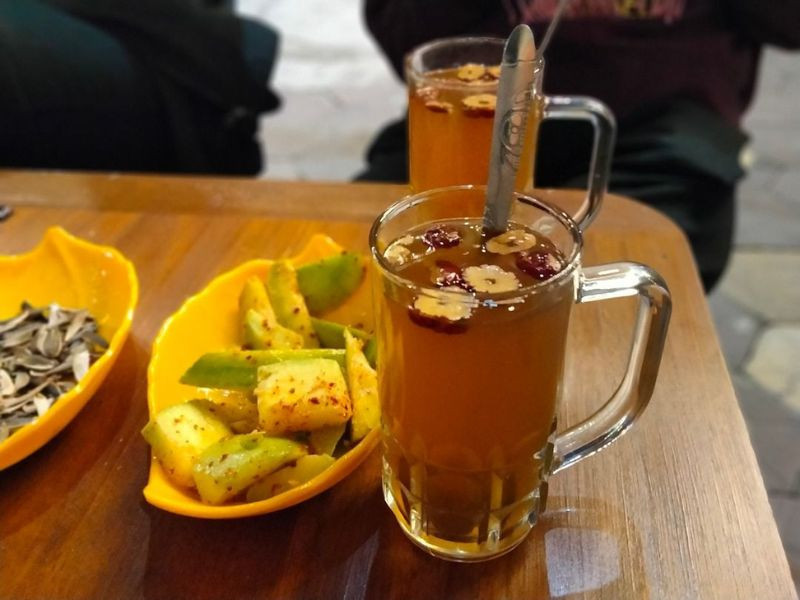The 2025 Hai Phong Food Festival presents an opportunity to promote the city's rich culinary identity, featuring iconic street foods, local specialties, and regional delicacies closely associated with the branding of the Port City.

Banh da cua, a beloved and humble noodle dish from Hai Phong
According to the Department of Culture, Sports and Tourism of Hai Phong, the event will take place from May 10 to May 12, at Hai Phong Railway Station and Nguyen Du Flower Garden (also known as the Bandstand). This festival is part of a series of activities celebrating the 70th anniversary of Hai Phong’s liberation and the Red Flamboyant Festival 2025. It also aims to highlight railway tourism products, including the Red Flamboyant train, and stimulate tourism in the region.
As a coastal gateway for international maritime trade, Hai Phong's culinary culture has been shaped by historical transitions and cultural convergence. French and Chinese cuisines - two of the world’s most influential culinary traditions - have left a distinct mark on Hai Phong’s gastronomy. This influence is reflected in popular local items like spicy baguettes, xilongkou buns, pâté, sweet rice dumplings (sui din), katka cakes, chi chuong chili sauce, chrysanthemum tea, and coconut milk coffee.
A focal point of Hai Phong cuisine is its seafood. As a seaside city, the freshness of its ingredients stands out, since the seafood doesn’t need to travel far. Its preparation carries the subtle finesse of Hanoi cuisine, but with a distinctive freshness that imparts a unique flavor profile.

Backdrop for the 2025 Hai Phong Food Festival

Hai Phong's food is not overly spicy, salty, or sweet. Though a northern cuisine, it is mild enough to appeal to diners from central and southern Vietnam. The seafood preparation here emphasizes the natural flavor of ingredients more than complex seasoning or presentation.
Typical ingredients in Hai Phong dishes are naturally caught or farmed aquatic products from nearby regions such as Do Son, Cat Hai, and Bach Long Vi. Commonly used seafood includes shrimp, crab (both freshwater and sea varieties), fish, horseshoe crab, mantis shrimp, and squid.
Many dishes are enhanced by signature dipping sauces. Hai Phong is known for families who have long traditions of making fish sauce, vinegar, and chi chuong chili sauce. The fish sauce is typically made following traditional methods in Cat Hai island district, while the vinegar and chili sauces are crafted using ancestral recipes of Hai Phong’s Chinese-Vietnamese residents. These three condiments are considered essential to Hai Phong cuisine.
Visitors to Hai Phong often remark that the city’s food tastes distinctly of the sea - simple and rustic, yet bold and inventive, embodying the adventurous spirit of a seafaring community. Here, it’s no exaggeration to say that a delicious meal is always just steps away. This vibrant and unpretentious culinary culture leaves a lasting impression on visitors.
During the three-day festival, five booths will be set up at Hai Phong Railway Station, offering street food, take-home food tours, travel information, souvenirs, and handmade products.
At Nguyen Du Flower Garden, 20 booths will be featured, including nine dedicated to food tours and eleven showcasing local cuisine, regional specialties, and OCOP (One Commune One Product) items from different districts.
In addition to food displays, the festival will offer live cooking demonstrations of Hai Phong specialties, street performances, interactive games with prizes, and food experience vouchers, allowing visitors to engage more deeply with the region’s culinary culture.
Minh Phong